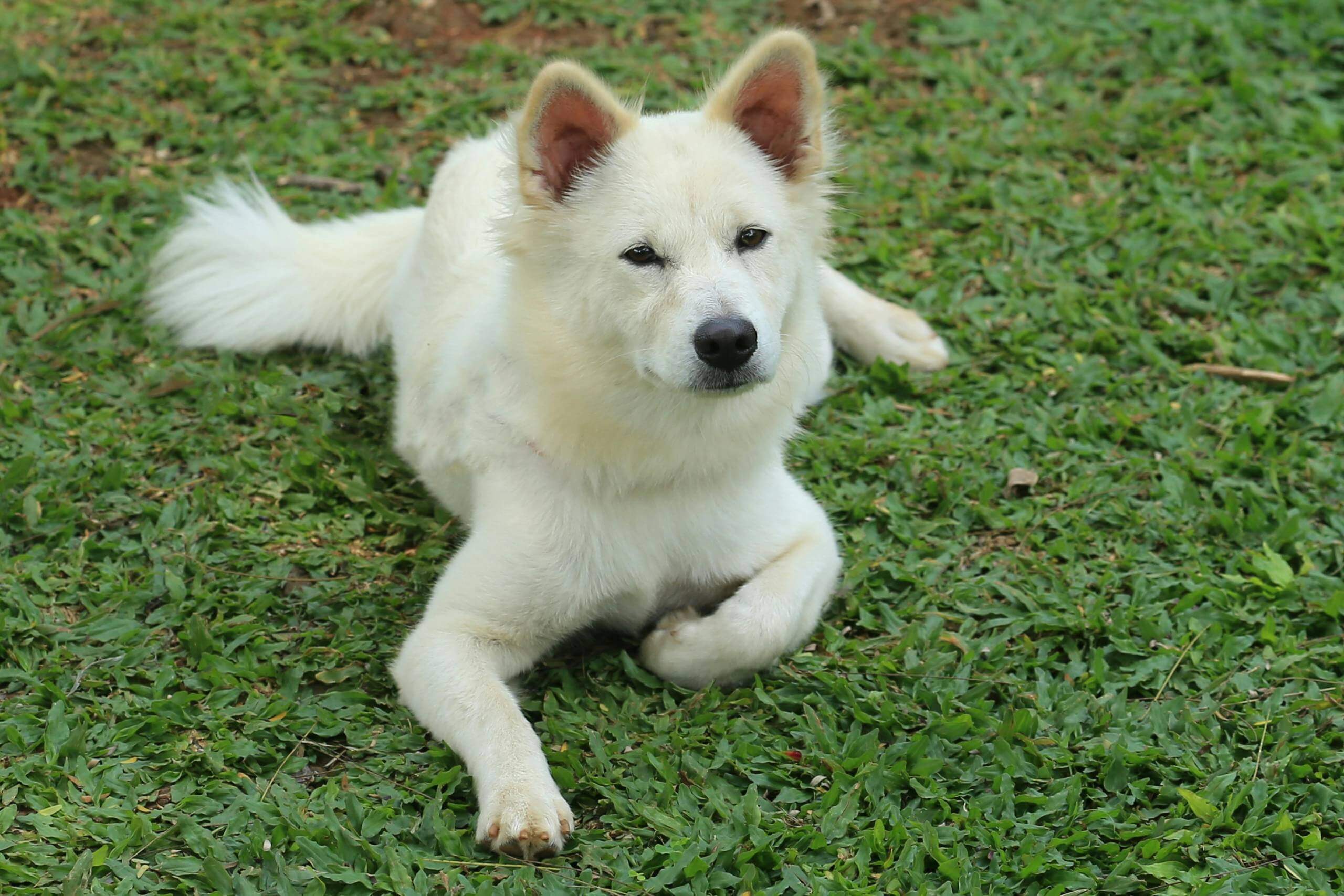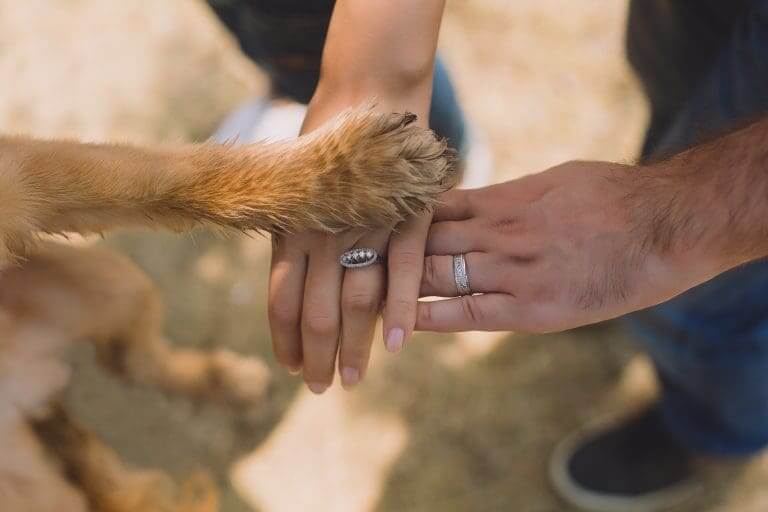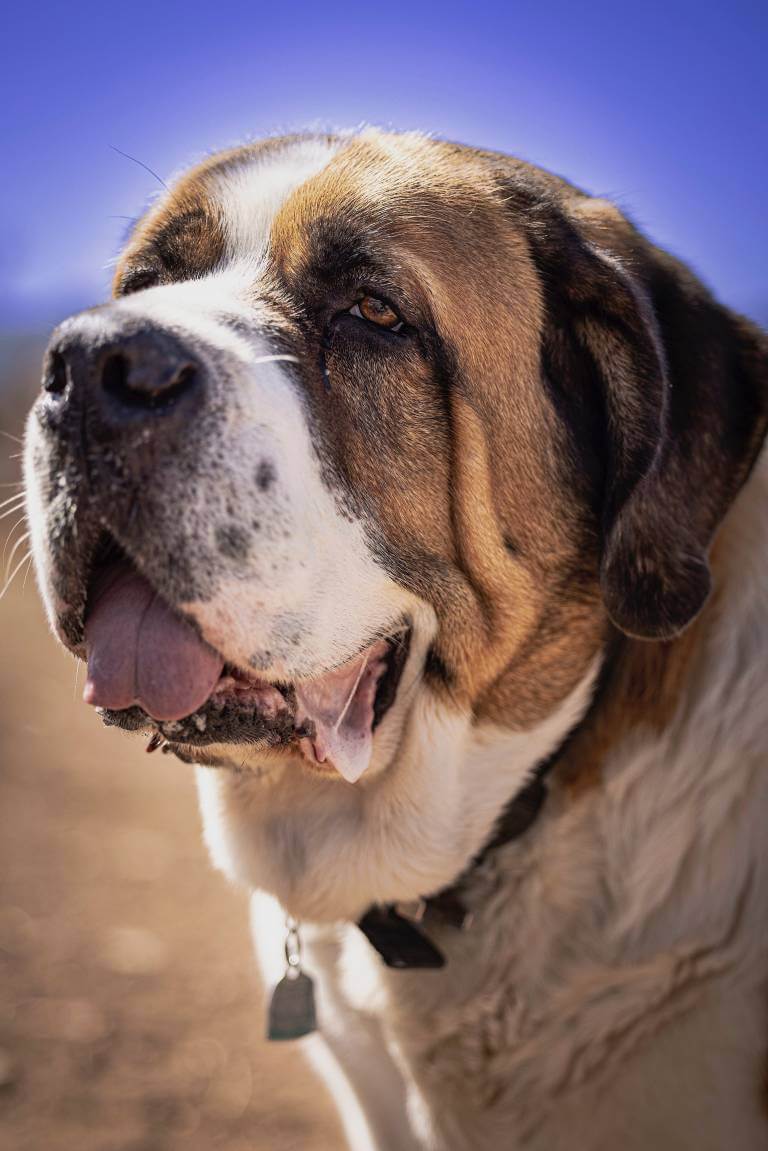Why Do Cats Hate Dogs?
Post Date:
December 10, 2024
(Date Last Modified: November 13, 2025)
Cats and dogs perceive and respond to the world with different sensory priorities, which affects how they notice and react to one another.
Perceptual Differences: how cats and dogs sense one another
Olfaction is a primary channel for interspecies recognition, and the raw biology underpins much of the initial reaction between cats and dogs. Dogs are often described as having an especially large olfactory apparatus; many sources estimate dogs possess about 300,000,000 olfactory receptors, far more than typical primates and enabling extreme scent discrimination[1]. That difference is sometimes framed as dogs being roughly 10,000–100,000 times more sensitive to odors than humans, which helps explain why dogs will intensely investigate a cat’s recent passage even when a human perceives no trace[1].
Cats also rely heavily on smell but with a different pattern of use and signal types. Estimates place cats’ olfactory receptor counts in the hundreds of millions as well, commonly cited around 200,000,000 receptors, which supports nuanced scent-based communication such as facial rubbing and pheromone exchange[2]. Cats combine regular olfactory sampling with vomeronasal (Jacobson’s) organ processing for pheromonal cues; those dual channels make many scent signals that are subtle to humans quite salient to cats.
Hearing and vision add complementary biases. Dogs detect ultrasonic and high-frequency sounds that are outside most human hearing ranges; canine auditory sensitivity is typically reported up to about 45,000 Hz, which influences how dogs respond to small, rapid noises made by cats or their toys[3]. Cats extend even higher on the frequency scale, with upper hearing limits often cited near 64,000 Hz, making quiet rustles and micro-movements especially conspicuous to them[4]. Visually, both species emphasize motion but in different contexts: a dog may interpret broad wagging movement as friendly intent, while a cat pays close attention to small, rapid motions that signal prey or threat.
Scent marking and the persistence of odor cues shape recognition over time. Residual compounds deposited by urine, facial glands, and interdigital pads can remain detectable to other animals for a prolonged period; practical guidance and behavioral studies often note that some scent traces can persist for 24–72 hours in typical indoor environments, which affects how long an encounter or marking event influences subsequent interactions[5]. Because cats and dogs prioritize different combinations of these sensory inputs, the same stimulus—a moving tail, a faint urine mark, or a sudden hiss—can be processed as a distinct category of signal by each species, increasing the chance of misinterpretation during first meetings.
Evolution and Domestication: distinct ancestral paths and selective pressures
Cats and dogs evolved under different ecological pressures that shaped social organization and hunting styles. Canids trace to ancestors that frequently formed cooperative units; many modern wolf populations hunt in small packs and display cooperative provisioning behaviors that encourage social tolerance and clear dominance signals[4]. Dogs were domesticated from these social canids, and archaeological and genetic estimates commonly place early dog domestication events on the order of 10,000–20,000 years ago[4].
By contrast, the ancestors of domestic cats were solitary predators adapted to guarding territories and hunting small, fast prey, and the earliest signs of cat commensalism with humans appear around 9,000 years ago in agricultural contexts where rodent abundance favored tolerance of single hunters near grain stores[2]. Domestication acted differently on each species: selection on dogs favored social cognition and neotenous traits that make them broadly responsive to human and conspecific social cues, while selection on cats was milder and retained more independence and territorial instincts[2].
Communication Styles: signals dogs use versus signals cats read
Body language that signals friendliness or submission in one species can signal threat or predatory intent in the other. A broad tail wag in dogs is often a diffuse arousal signal that can accompany friendliness or high arousal, whereas a cat interprets rapid tail movements differently and may treat the same motion as an agitated or defensive cue. Direct staring is commonly read by dogs as a dominance signal and by many cats as a threat; those opposing readings increase misunderstandings when the animals first meet.
Vocal repertoires also differ in function. Dogs use barks for alarm, play, and contact at variable pitches and durations, while cats rely more on meows primarily in interspecific contexts (often directed at humans) and purrs for contentment or self-soothing. Because the acoustic structures and contextual uses differ, a bark intended as a play invitation can sound startling and alarming to a cat that treats abrupt barks as predatory or warning cues[3].
| Signal | Typical dog meaning | Typical cat meaning | Potential misinterpretation |
|---|---|---|---|
| Tail wag | High arousal, friendly or excited | Agitation or focused attention | Dog approaches; cat retreats or lashes tail |
| Direct stare | Dominance or focus | Threat | Escalation to defensive hiss or growl |
| Play bow | Invitation to play | Often ignored or seen as odd | Dog pursues; cat becomes fearful |
| Hiss/growl | Warning or escalation | Clear defensive warning | Dog may interpret as challenge and respond |
Predatory and Play Behaviors: when play looks like threat
Predatory sequence tendencies create real overlap between play and threat. Both species exhibit elements of the predatory sequence—orient, stalk, chase, capture—but dogs often generalize chase as a social play pattern while cats retain a more prey-focused trigger for stalking behaviors. A dog’s chase of a fleeing cat can therefore trigger a full predatory response in the cat even when the dog’s intent was playful, and that can lead to fear-based retaliation or avoidance.
Play escalation commonly follows a predictable trajectory: friendly signals are followed by more intense motion, and without clear calming signals an interaction can progress toward conflict. Because size and speed differences influence perceived threat, a medium-sized dog moving fast may overwhelm a cat physically and psychologically, prompting the cat to use sharp defensive tactics such as swatting or biting to escape[2].
Territoriality and Resource Competition
Space and resource preferences often collide: cats prefer elevated vantage points and vertical territory while dogs focus on ground-level movement and scent routes. This difference means cats commonly seek high perches to monitor and avoid dogs, and dogs may interpret a cat’s retreat to height as an invitation to persistently investigate the same area, reinforcing tension.
Competition over tangible resources is another frequent source of conflict. For example, many behavior experts recommend providing at least one litter box per cat plus one extra to reduce toileting stress, because restricted access increases avoidance and scent-marking behaviors that dogs may follow and intensify[5]. Food guarding and attention-seeking over human interaction also produce repeated micro-conflicts that erode tolerance over time.
Socialization and Early Experience: critical windows and exposure
Sensitive periods for interspecies socialization set long-term expectations. Kittens are especially receptive to social experiences between roughly 2 and 7 weeks of age, and positive exposure to other species during that window tends to increase future tolerance[2]. Puppies generally undergo a socialization window that extends from about 3 to 14 weeks, during which repeated neutral or positive encounters with cats can lower fear responses later in life[3].
Early negative experiences—chasing, startling, or rough handling by the other species—can create long-lasting conditioned fear. By contrast, controlled, gradual exposure where each encounter ends before either animal shows strong avoidance or aggression builds reliable tolerance and reduces the likelihood of future incidents[5].
Individual and Breed Variation: personalities matter
Not all cats dislike dogs, and not all dogs chase cats. Temperament exists on continua such as bold–shy and playful–sedate, and individual history often predicts interspecies behavior more strongly than species-level tendencies. Certain breeds of dogs were selected for calmness around small animals and demonstrate lower chase motivation, while some cat breeds are more dog-tolerant due to selection for sociability; however, individual variation remains large.
Age, sex, health, and prior learning all modify responses: young, energetic animals are more likely to escalate play into conflict, while pain or illness can turn a previously tolerant animal defensive. Responsible assessment of individual temperament is therefore essential before arranging unsupervised interactions.
Stress, Fear, and Aggression Mechanisms
Stress responses follow behavioral and physiological pathways that are similar across mammals: initial avoidance or freezing may give way to flight or fight depending on perceived escape routes and the intensity of the provocation. Subtle indicators such as lip licking, pupil dilation, flattened ears, and tail tuck precede overt aggression; reading these cues early allows intervention before a defensive bite or chase occurs.
Redirected aggression and displacement behaviors are common when one animal cannot access the source of stress; for example, a dog frustrated by inability to reach a cat behind a barrier may redirect to a person or another pet. Understanding these mechanisms helps owners design environments and interventions that reduce chronic stress and lower incident rates[2].
Human Influence: management, training, and expectations
Human management is one of the most powerful determinants of whether cats and dogs live harmoniously. Supervised, structured introductions, environmental partitioning, and training that rewards calm behavior all reduce conflict risk. Owners should avoid forcing proximity and instead create predictable, controllable exchanges so both animals can learn that the other’s presence is nonthreatening[5].
- Begin with scent swapping and distant visual exposure, then progress to brief, supervised meetings of 5–10 minutes with escape routes available for the cat[5].
- Use counterconditioning and positive reinforcement to reward calm behavior around the other species, gradually increasing proximity over days to weeks while avoiding punitive responses[3].
- Manage resources by providing vertical space, separate feeding areas, and one litter box per cat plus one extra to reduce competition and scent-based escalation[5].
- Consult a veterinary behaviorist if aggression is frequent or injury occurs; early professional intervention lowers the chance of chronic problems.
Sources
- vcahospitals.com — veterinary overview of canine olfaction.
- merckvetmanual.com — species sensory and behavior summaries.
- avma.org — information on canine hearing and sensory ranges.
- ncbi.nlm.nih.gov — peer-reviewed studies on feline auditory capabilities.
- aspca.org — practical notes on scent marking persistence and behavior.






